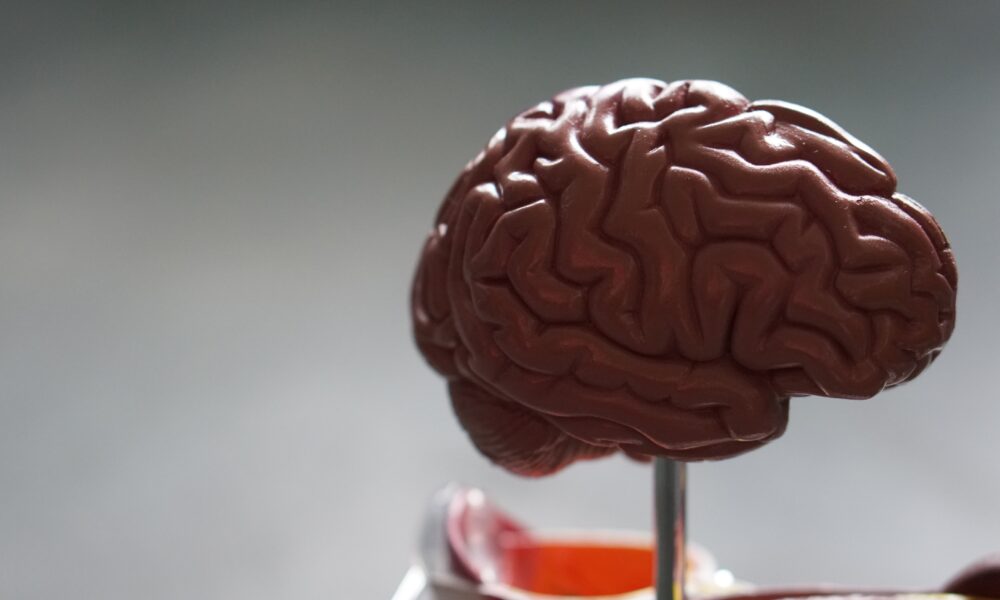Concussions affect more than 200,000 Canadians each year, but, despite the injury’s prevalence, patients with the same symptoms often respond to the same treatment differently. This is why some children and adolescents who suffer concussions recover in a few weeks, while others may suffer symptoms lasting several months or even years. A new McGill study analyzed the link between white matter, fibres that connect different brain regions, and concussion symptoms to understand why this might be.
Concussion symptoms are considered “long-term” or diagnosed as post-concussive syndrome if they last longer than six weeks. These symptoms include dizziness, fatigue, memory loss, and mood swings. Currently, long-term concussions are treated by addressing the individual’s symptoms, such as medication for headaches or cognitive therapy for memory problems, but the results of such interventions can be inconsistent.
Guido Guberman, a McGill MDCM and PhD student in neuroscience, recently published a paper explaining the association between concussion symptoms and damage to white matter connections. He was supervised by Dr. Alain Ptito, a professor in McGill’s Department of Neurology and Neurosurgery, and Dr. Sheilagh Hodgins of Université de Montréal’s Department of Medicine. The three scientists’ findings build on research suggesting that the nature of white matter damage may vary across concussion patients.
“People treat the brain like any other organ and assume that the same specific pathology will lead very reliably to the same clinical syndrome,” Guberman wrote in an email to The McGill Tribune. “That is certainly true for some neurological diseases, but I would argue it does not apply broadly to all of them.”
Guberman’s team analyzed brain imaging data from 306 children with a history of concussions. Dr. Maxime Descouteaux and his team at the Sherbrooke Connectivity Lab, one of the study’s coauthors, used a brain imaging technique called diffusion magnetic resonance imaging (dMRI) to visualize the white matter. Then, they analyzed the strength of association between specific white matter connections and different types of symptoms such as nausea, memory, dizziness, fatigue, and mood changes. This allowed them to classify patients into subgroups based on white matter damage to hopefully inform future treatments based on these subgroup characteristics.
The study revealed that some types of white matter connections were associated with multiple concussion symptoms, whereas others were more specific to one or two symptoms, such as sleep problems or depressive moods. For example, damage to white matter connections between the left posterior cingulate and the left thalamus were associated with attention and sleep problems, whereas damage to connections between regions in the frontal cortex were associated with impaired decision-making and processing speed.
This means that two people who suffer a concussion, share the same symptoms, and also have the same type of white matter damage could be expected to respond to treatment for those symptoms more consistently.
“The brain is, after all, a dynamic organ that is constantly changing; its structure and function being influenced by what we do and are exposed to. Just as symptoms can arise from brain pathologies, it is entirely possible that brain structure and function can be further influenced by these symptoms,” Guberman noted.
In the future, Guberman and his team hope to examine the link between white matter connections and symptoms in older age groups, and to explore the role of genetics in concussions. There is evidence to suggest that certain genes are linked to how white matter structures relate to brain function. The team plans to apply their analyses to identify potential subgroups in other complex neurological conditions, such as brain injuries in newborns. For young people with concussions, this research offers hope that chronic or prolonged symptoms could soon be treatable.









